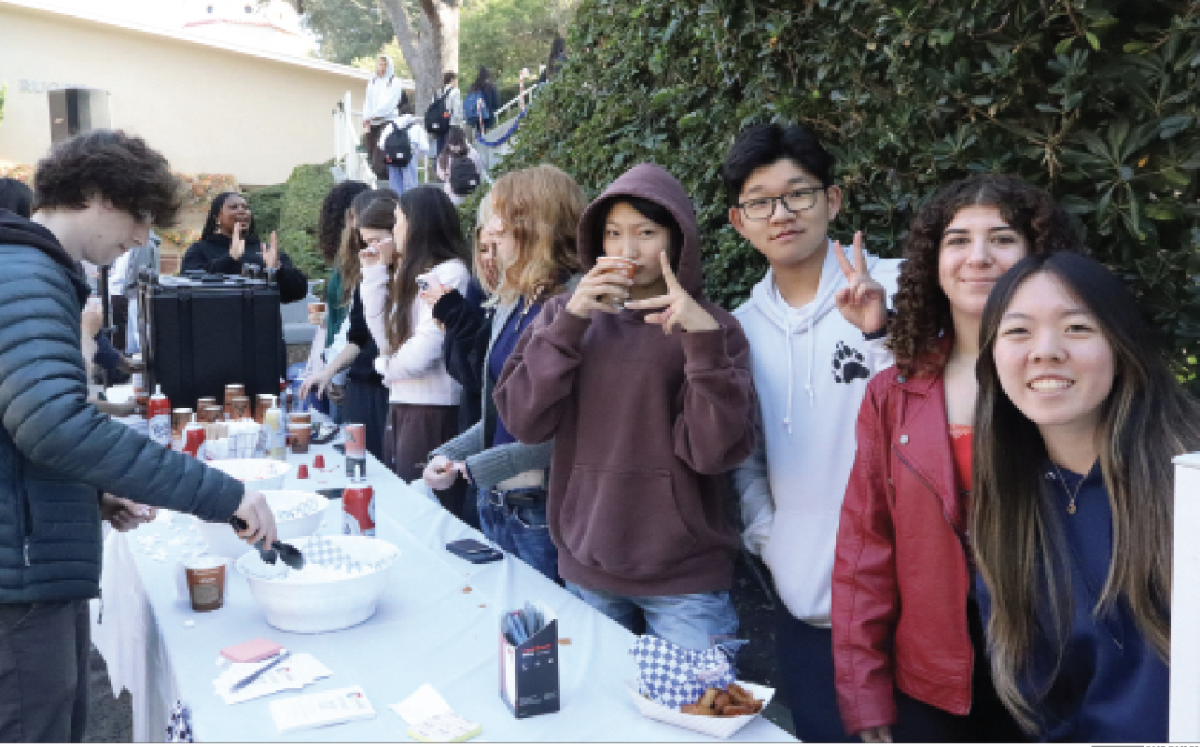By Michael Rothberg and Elana Zeltser
On May 3, 1994, Obie Anthony, 19, was falsely identified as a murder suspect after his photograph was chosen from a group of suspects. He was tried, convicted and imprisoned for the fatal shooting of another man, a crime he did not commit.
On May 3, 1994, Brooke Levin was born, and 17 years later, she played an integral part of the defense team that exonerated Anthony.
Anthony’s case was taken on by Loyola Law School under the supervision of law professor Laurie Levenson as part of the Innocence Project, an organization which provides legal counsel for inmates who have been wrongfully convicted.
Levin began interning for Levenson after attending one of her lectures when she was in eighth grade.
“She asked the best questions at the community talk I gave,” Levenson said. “I asked her if she wanted to volunteer or intern in my office.”
At the beginning of her internship, Levin did research for Levenson and wrote papers on the death penalty and California’s “Three Strikes” law based on her findings.
Levin was assigned to read through letters sent to Loyola by inmates seeking legal aid.
She came across Anthony’s letter and Levenson and her team decided there was enough evidence to prove that Anthony was, in fact, innocent.
Levin was enlisted to utilize her math skills as part of the forensic research.
Accompanied by senior members of the team to ensure her safety, Levin went to the scene of the crime, a whorehouse turned apartment complex on the corner of 49th and Figueroa. There, she investigated whether the trajectory of the bullet matched the prosecution’s theory of where the shooter was standing.
“There were some people throwing fire crackers in the street, and it sounded like gun shots,” Levin said.
“It was a scary experience, to say the least, but also incredible. I’d never really seen this part of Los Angeles this close before,” she said.
According to autopsy reports, the bullet entered the victim’s body at a 40 degree angle.
The prosecution claimed that Anthony was standing on the ground five feet away from the victim at the time of the shooting.
Levin’s measurements, however, proved that Anthony would have to be over seven feet tall if he was the shooter from that location.
Using high school level trigonometry and her measurements, Levin determined that the only plausible location of the shooter was on the roof of the whore house.
Science teacher David Hinden, a former Assistant U.S. Attorney, was vacationing in Italy when Levenson contacted him, asking if he would help organize Levin’s findings into a professional and comprehensive report.
“We basically did two calculations, one of which showed that the prosecution’s theory was inconsistent with the physical facts of the case and the other one of which showed that at least one of the alternative defense theories had forensic evidence to support it,” Hinden said.
Hinden sent the report he created to Upper School mathematics department head Paula Evans to confirm the accuracy of the calculations.
While verifying that the math was correct, Evans realized the trigonometric concepts used in the forensics mirrored the material taught in her Precalculus, Trigonometry and Functions class. She now hopes to use the report as a word problem and real world application of math in the classroom.
“Thank God for trigonometry!” Evans said.
As a result of the report Levin and Hinden prepared, Los Angeles Superior Court Judge Kelvin Filer ruled that the prosecution’s key witness lied on the witness stand. Filer then overturned the verdict and ordered Anthony, now 37, set free.
A week before she began her senior year of high school, Levin was in the court room to see Anthony walk out a new man.
“When he came out and was getting in his car he gave me a really huge hug, and it was the craziest moment because he stood there and said to me, ‘What you have done for me has given me my life back,’” Levin said. “I don’t think I will ever forget that moment.”
After spending nearly two decades behind bars, Anthony stepped into an entirely different world, incapable of using even a cell phone, Levin said.
“If you think about this, this was Obie’s last chance,” Levenson said.
“Had he not won, he would have probably died in prison. Brooke was there the moment he walked out of jail. I’ve been a lawyer for a long time, and that’s a pretty special moment.”




























